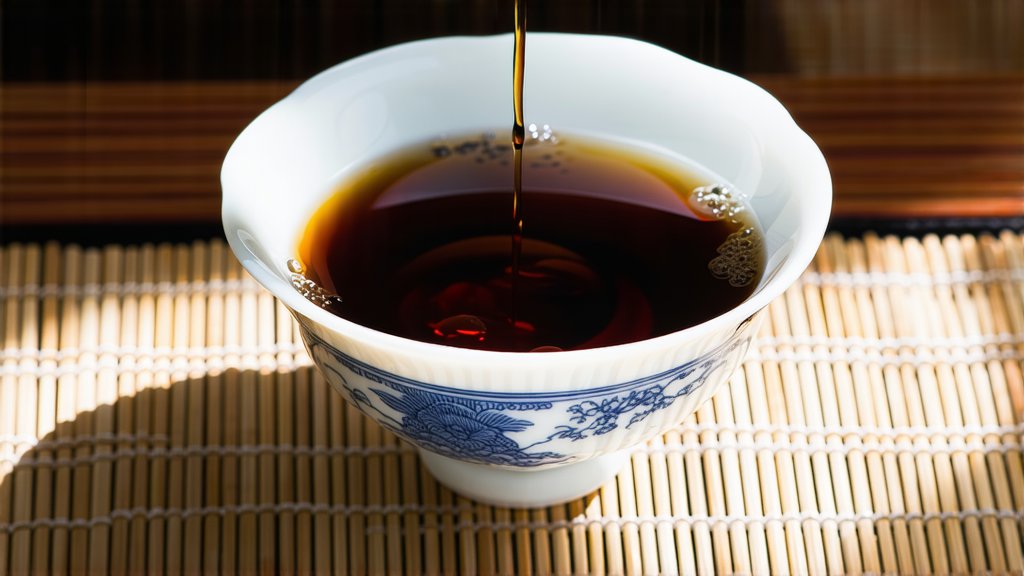
Introduction
China, the birthplace of tea, offers a rich tapestry of tea varieties that have captivated tea enthusiasts for centuries. Among these, Keemun Black Tea stands out as a quintessential representation of Chinese tea artistry. This article delves into the fascinating history, diverse varieties, intricate production process, and the art of appreciating this exquisite tea.
Historical Background
Keemun Black Tea, named after Qimen County in Anhui Province, China, has a storied past dating back to the Tang Dynasty (618-907 AD). It was during the Qing Dynasty (1644-1912) that Keemun gained international recognition when it became a staple in British households, earning the moniker "Prince of Teas." Its unique flavor profile and aromatic qualities quickly made it a favorite among tea connoisseurs worldwide.
Varieties of Keemun Black Tea
Keemun Black Tea encompasses several sub-varieties, each with its distinct characteristics:
- Huangshan Maofeng: Known for its slightly twisted leaves and golden tips, this variety offers a delicate balance between sweetness and astringency.
- Xinyang Maojian: With its flat, needle-like appearance, Xinyang Maojian is celebrated for its smooth taste and subtle fragrance.
- Junshan Yinzhen: Grown on Junshan Island, this tea is prized for its tender leaves and a flavor that combines sweetness with a hint of smokiness.
- Lu'an Guapiao: Recognized by its single bud and leaf picking standard, Lu'an Guapiao boasts a robust flavor profile with notes of green beans and orchid.
- Bi Luo Chun: Famous for its tightly rolled leaves shaped like snails, Bi Luo Chun delivers a complex taste that ranges from floral to fruity.
Production Process
The craftsmanship behind Keemun Black Tea is a meticulous process that involves several stages:
- Withering: Freshly plucked leaves are spread out to wilt under controlled conditions, reducing moisture content and initiating enzymatic activity.
- Rolling: The withered leaves are then rolled to break down cell walls, releasing juices and shaping the leaves.
- Oxidation: Rolled leaves are left to oxidize, allowing polyphenols to react with oxygen, which darkens the leaves and develops the characteristic flavors and aromas.
- Firing: The oxidized leaves undergo high-temperature drying to halt oxidation and lock in the desired flavors.
- Sorting and Grading: Finally, the dried leaves are sorted and graded based on size, shape, and quality before packaging.
Tea Tasting: An Art Form
Appreciating Keemun Black Tea goes beyond mere consumption; it is an art form that engages all senses. Here are some key aspects of tea tasting:
- Visual Appreciation: Observe the dry leaves for their shape, color, and uniformity. When brewed, note the liquor's color and clarity.
- Aromatic Experience: Inhale the aroma of both the dry leaves and the brewed tea. Keemun Black Tea often exudes scents of orchid, honey, and sometimes even a slight smokiness.
- Tasting Technique: Take small sips, allowing the tea to coat your palate fully. Pay attention to the initial sweetness, mid-mouth complexity, and the lingering finish.
- Mouthfeel: Notice the texture of the tea—whether it feels smooth, velvety, or has a slight astringency.
- Aftertaste: Evaluate the lasting impression the tea leaves on your palate, including any sweetness, bitterness, or other flavors that persist.
Conclusion
Keemun Black Tea is more than just a beverage; it is a cultural icon that embodies centuries of tradition, craftsmanship, and innovation. From its historical roots in ancient China to its modern-day global appeal, Keemun continues to enchant tea lovers around the world. Whether you are a seasoned tea drinker or new to the world of tea, exploring the varieties and intricacies of Keemun Black Tea promises a rewarding experience that transcends time and borders.